What are the benefits of Merino wool?
There are many benefits to wearing Merino wool, but let's focus on the three main ones: it reduces odours from perspiration, it is soft and it helps to regulate your temperature.

Merino wool is soft, it prevents odours and it regulates your temperature, making it the ideal material for thermal clothing and underwear. It is particularly well suited to outdoor activities because it offers good insulation while also being breathable. Discover the benefits of this naturally technical fibre and find the piece of Merino wool clothing that best meets your needs.
There are many benefits to wearing Merino wool, but let's focus on the three main ones: it reduces odours from perspiration, it is soft and it helps to regulate your temperature.
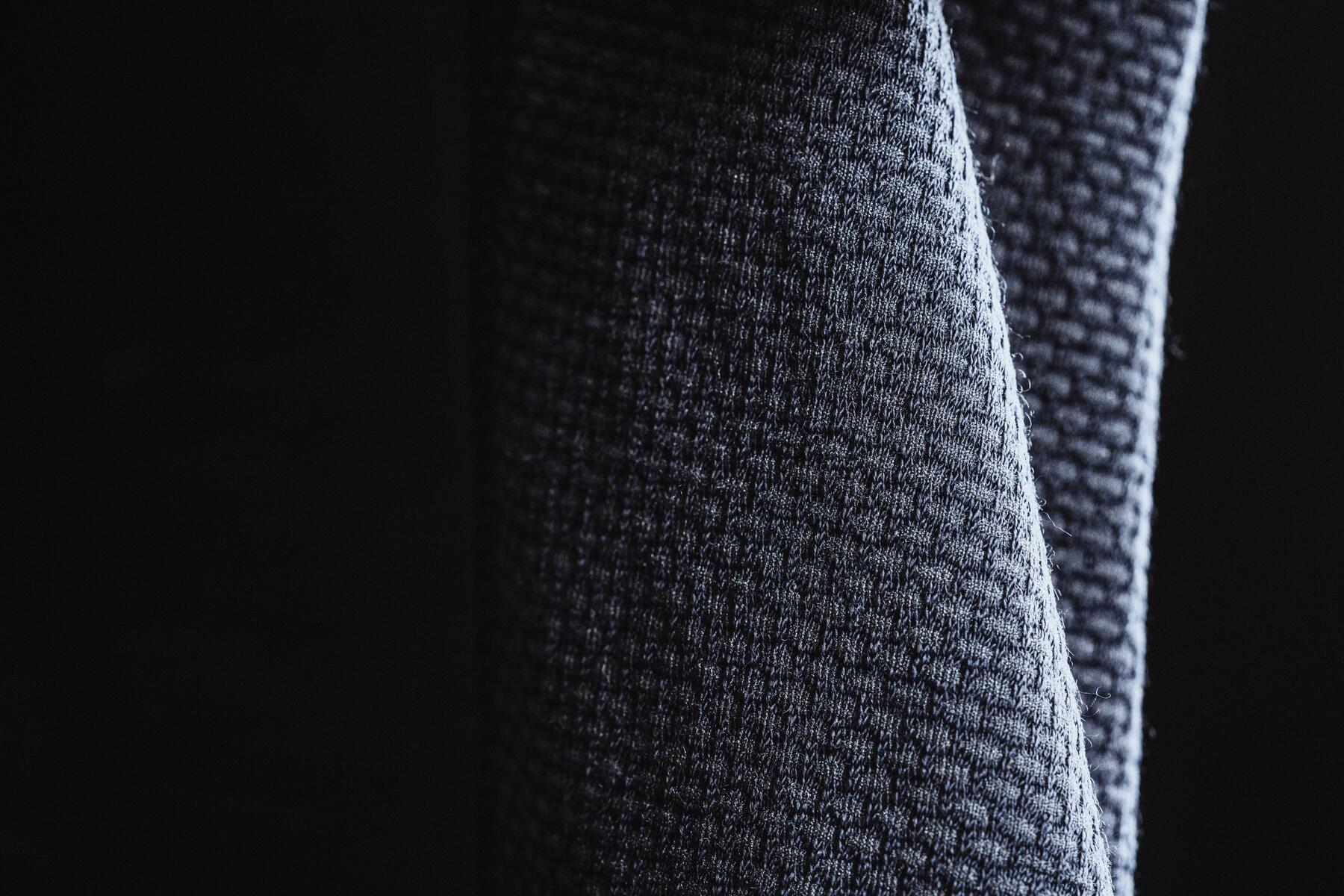
Wool is particularly absorbent: it can absorb up to 35% of its weight in water, without feeling damp against the skin.
The fact that it is so absorbent means that wool can also reduce odours. Merino wool doesn’t just absorb the water contained in perspiration, it also absorbs its bad odours and keeps them captive within the fibres.
This means that it limits odours, but it does not eliminate them completely or permanently.
How can you know this for sure? The ISO 17299-3 laboratory test puts fabrics containing Merino wool to the test, to ensure that odours from perspiration are limited over several days.
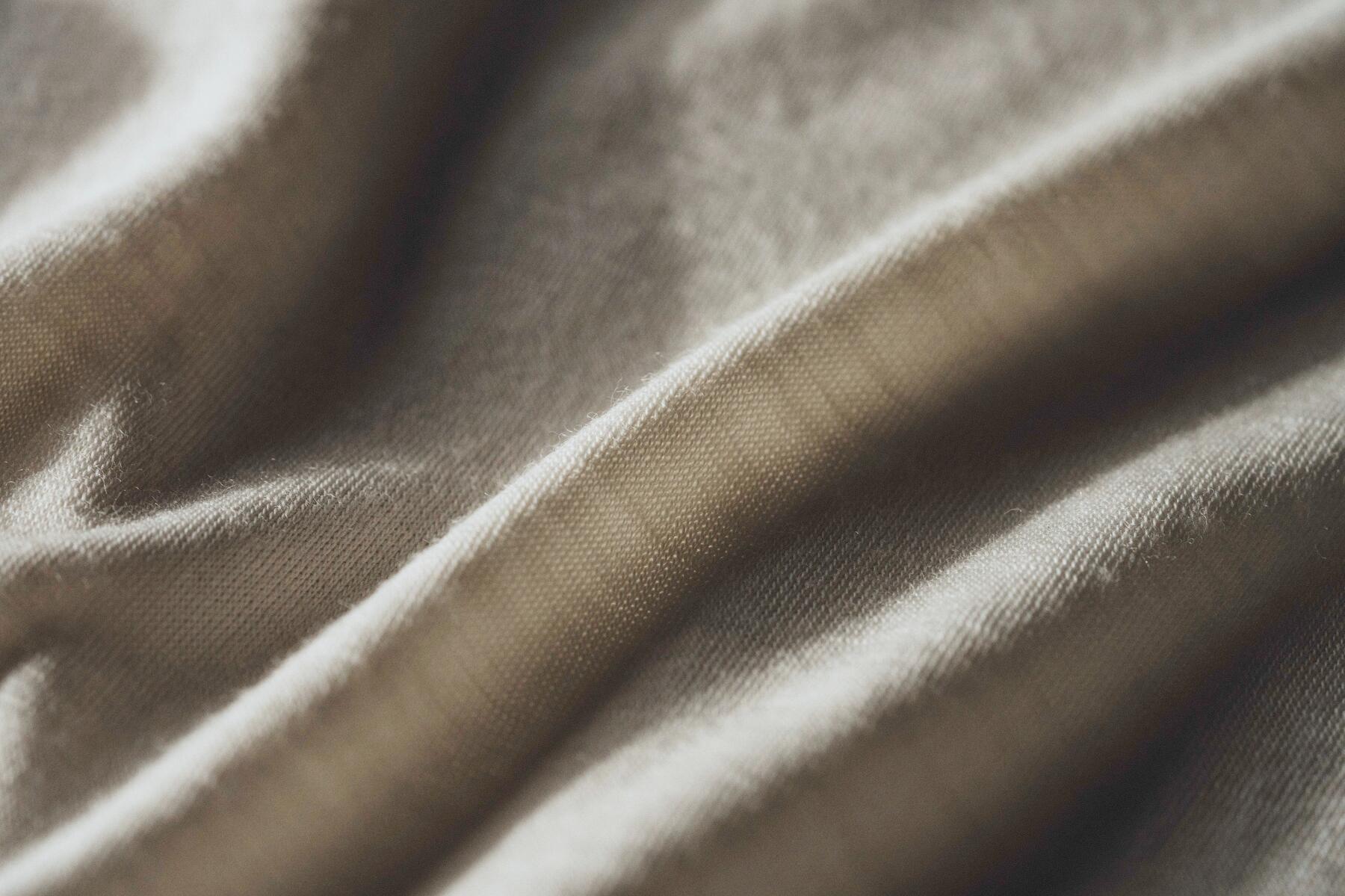
For generations, Merino sheep have been selected for the delicate nature of their wool. The fact it is so delicate, combined with the low-crimp wool fibres, ensures a soft and flexible fabric that minimises itching.
Merino wool measures between 16 and 19 microns. In comparison, "traditional" wool measures between 20 and 25 microns and a human hair is between 70 and 120 microns.
To compare different wool fibres in terms of how soft and fine they are, you can use the following classification:
- Medium: 20.6–22.5 microns
- Fine: 18.6–20.5 microns
- Super fine: 16.6–18.5 microns
- Ultra fine: 14.6–16.5 microns
- Extra fine: < 14.5 microns
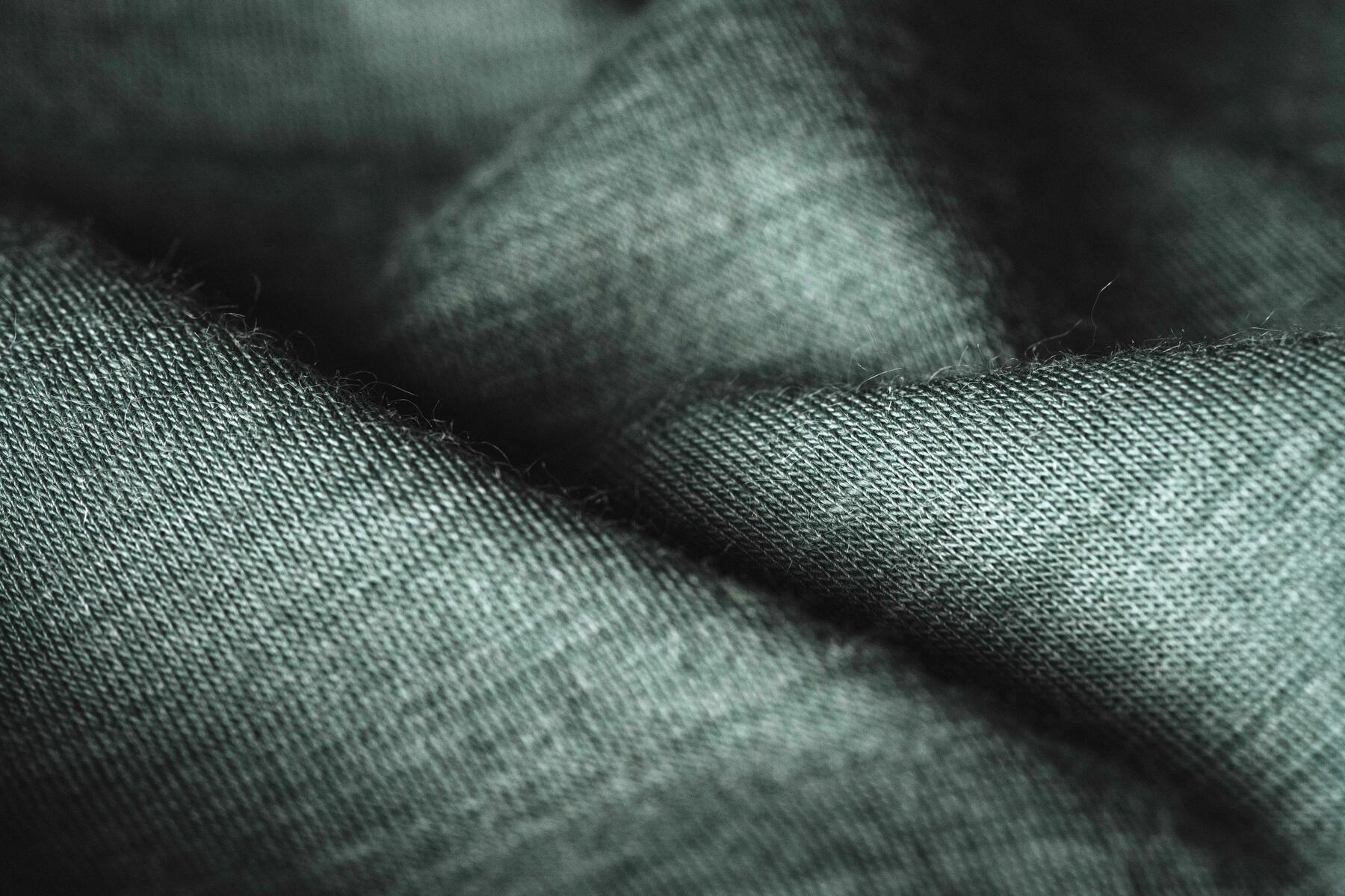
Merino wool can be worn in both summer and winter thanks to its absorbent and thermal properties, which help your body to regulate its temperature according to the weather conditions outside.
It is suitable for low to moderate intensity activities, whatever the season because:
- In winter and cold weather, the structure of its fibre easily traps air, which is a very good insulator, limiting heat loss.
- In summer, when it is hot and the air is dry, the evaporation of the water in the wool absorbs energy, which cools the body slightly at the same time.
The weight per square metre of the material used to make your wool garment is a good indicator of its level of warmth: the heavier the fabric, the warmer it will be.
Are you looking for some thermal clothing or underwear made from Merino wool but aren’t sure how to compare the different models?
You should know that opting for clothing made from 100% Merino wool is not necessarily the best solution. In fact, for specific needs, it is sometimes better to opt for a fabric that combines the advantages of wool with those of certain synthetic materials.
It therefore all depends on what your main need is:

In hot weather or if you usually sweat a lot, choose a wool garment that has a low weight/m² and that is made from breathable materials (e.g.: wool and lyocell). The mesh inserts in areas where you sweat the most are a real plus.
Good to know: some fibre blends dry even faster, and some knitted items offer more effective UV protection.

For extra warmth during rest periods (bivouacs, breaks), choose clothing with good coverage (collar, long sleeves, thumb loops, etc.) and a wool that that has a high grammage/m².
Good to know: if you're looking for a warm first layer for intense sports (skiing, running, etc.), choose a fabric with good moisture wicking properties so you don't feel cold when you stop.

Although wool is very strong for an organically sourced fibre, it is still less hard-wearing than a synthetic fibre. For clothes that will often be subject to rubbing, such as backpacks, opt for polyamide-coated wool.
Good to know: Some garments are designed with reinforced inserts in the areas that are prone to rubbing, making them hard-wearing while still being able to wick away perspiration.

For purists, 100% wool garments are ideal for moderate-intensity sports activities. If you have sensitive skin, we recommend you wear Merino wool (18.5 microns maximum) rather than traditional wool, as it is softer.
Good to know: the biggest benefit of 100% wool is that it limits odours from perspiration better than a blend of wool and synthetic materials.
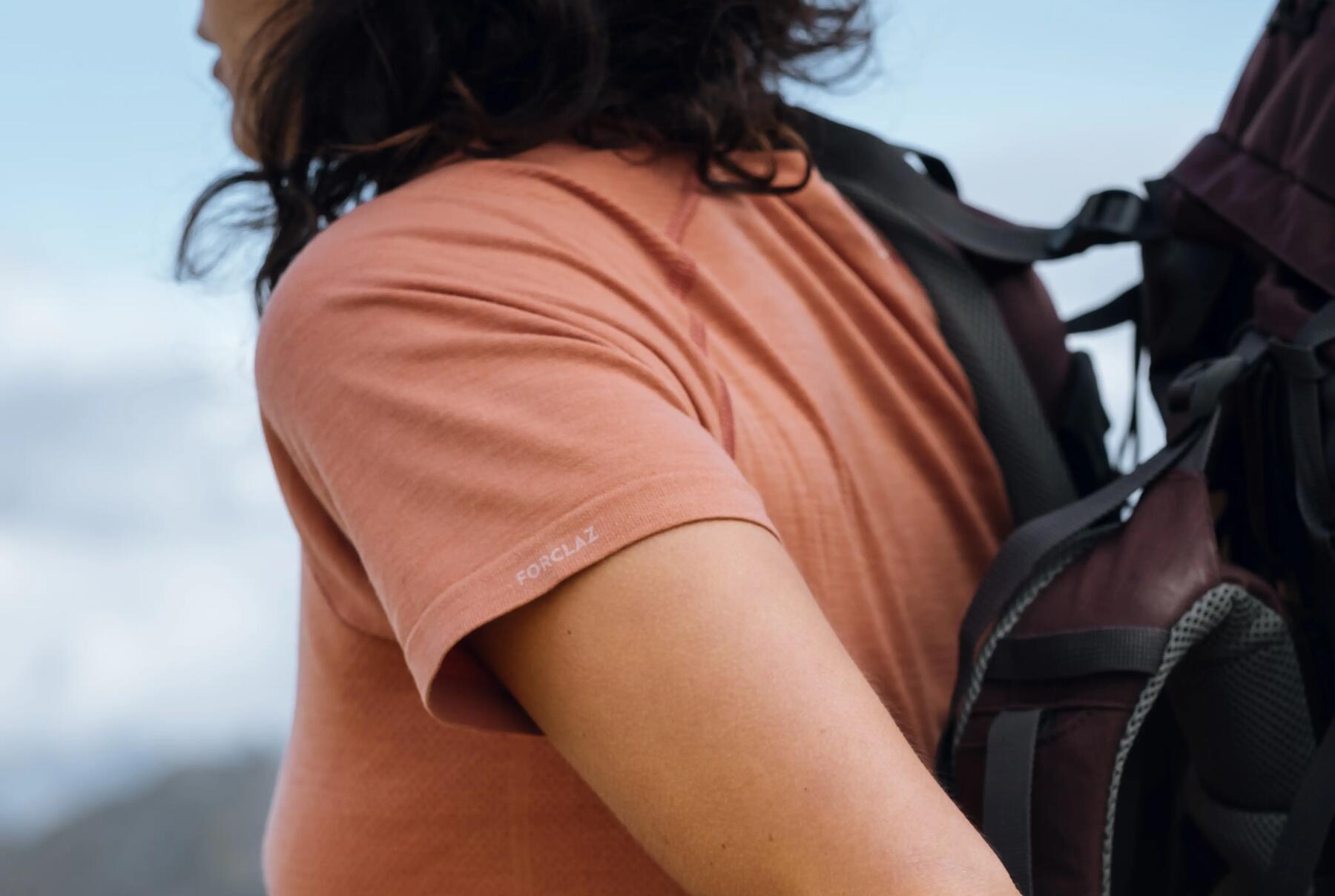
Do you prioritise comfort when you play sports? Choose a seamless garment, ideally made from wool and elastane, for optimum freedom of movement.
Good to know: a close-fitting garment that fits you well is less likely to cause you discomfort during sporting activities.

WOMEN
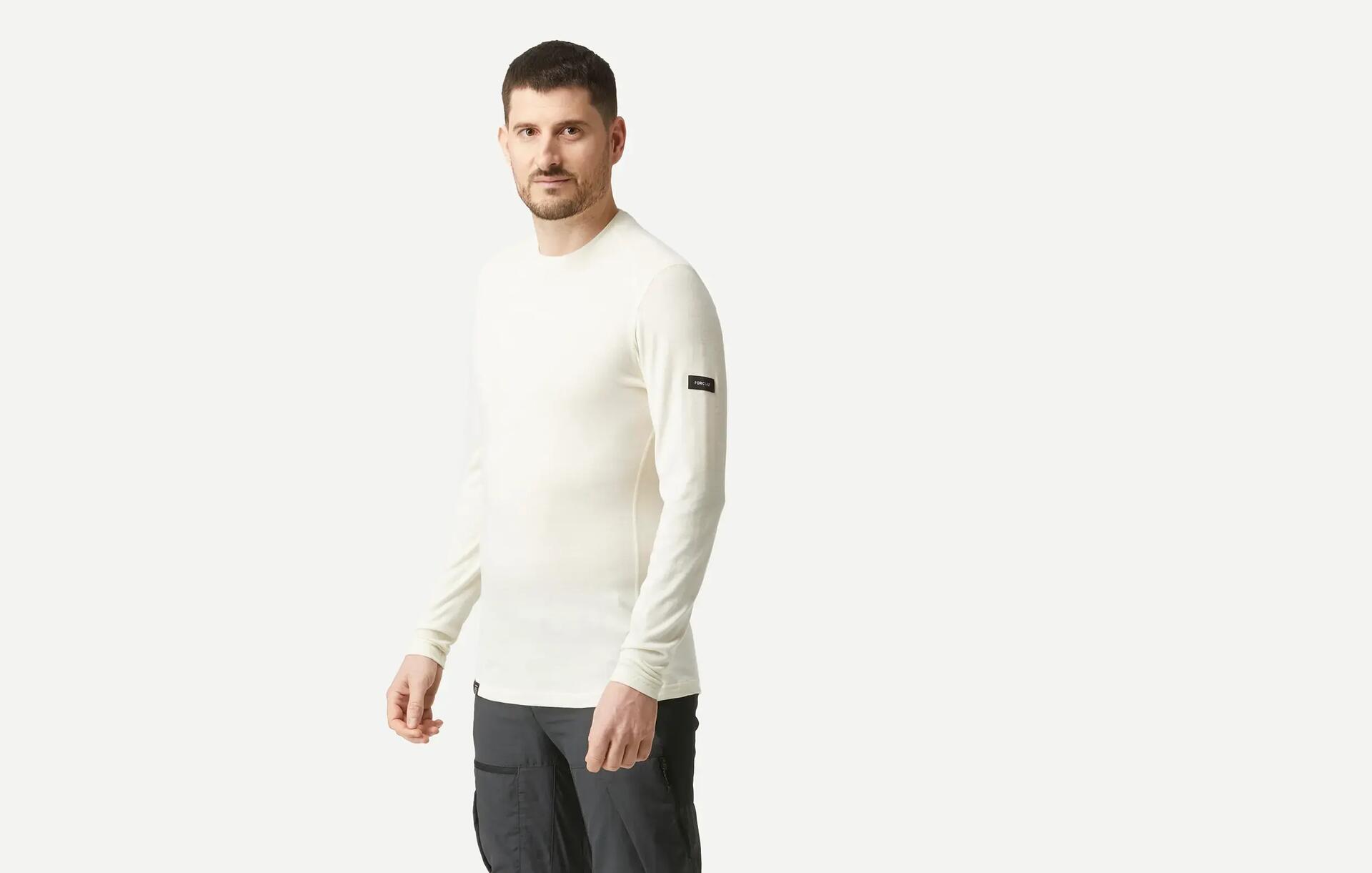
MEN
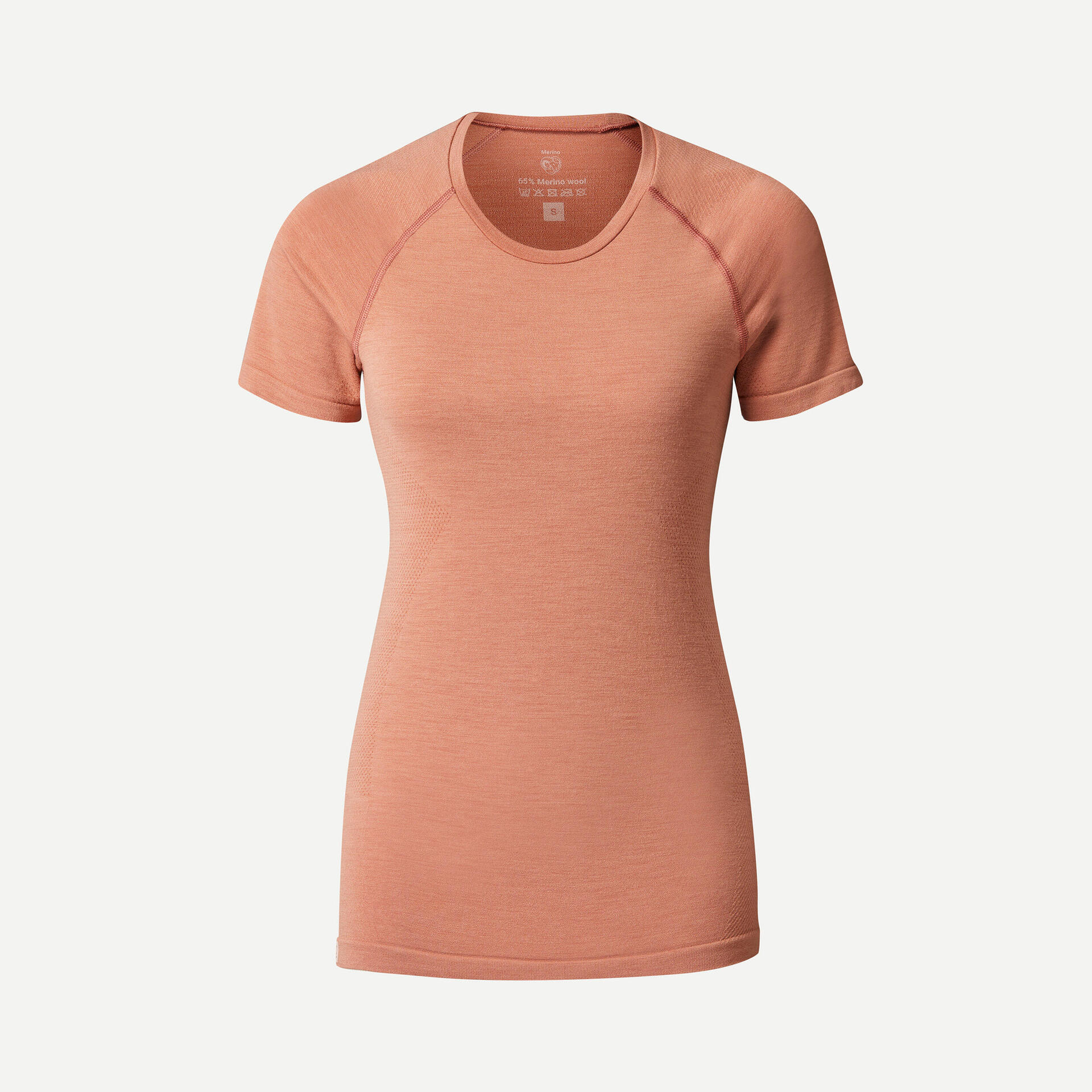
Short-sleeved Merino wool t-shirts
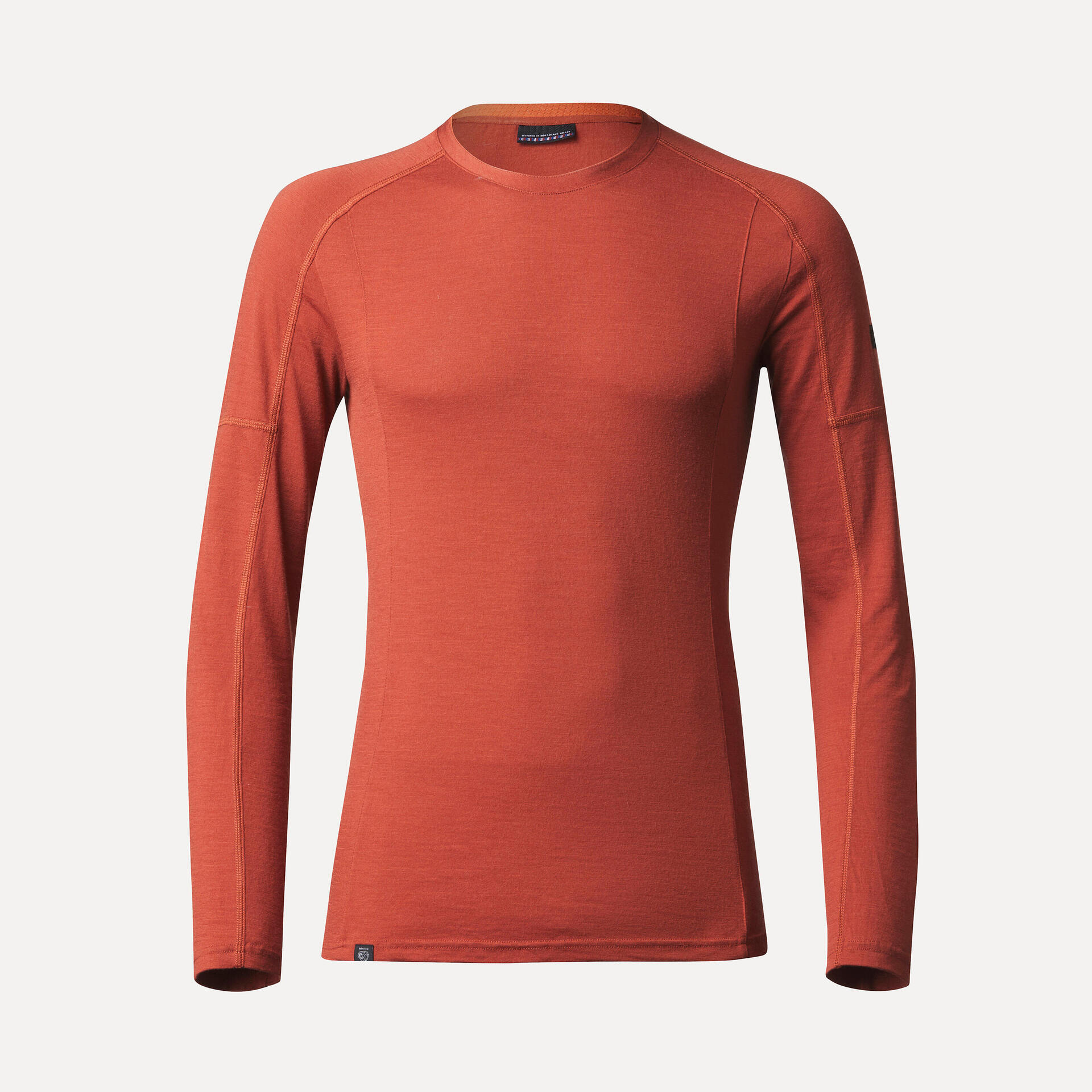
Long-sleeved Merino wool t-shirts
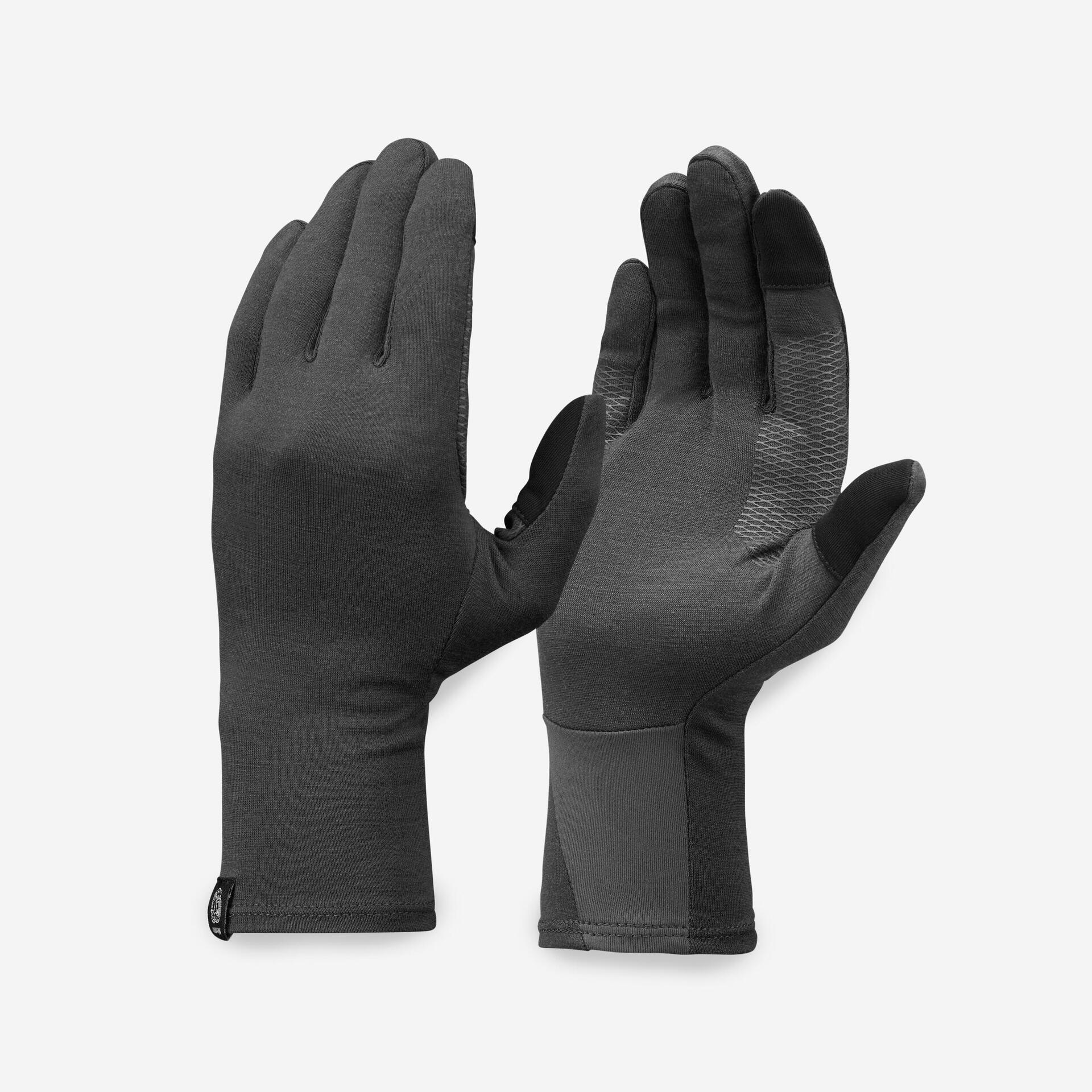
Merino wool hats and gloves
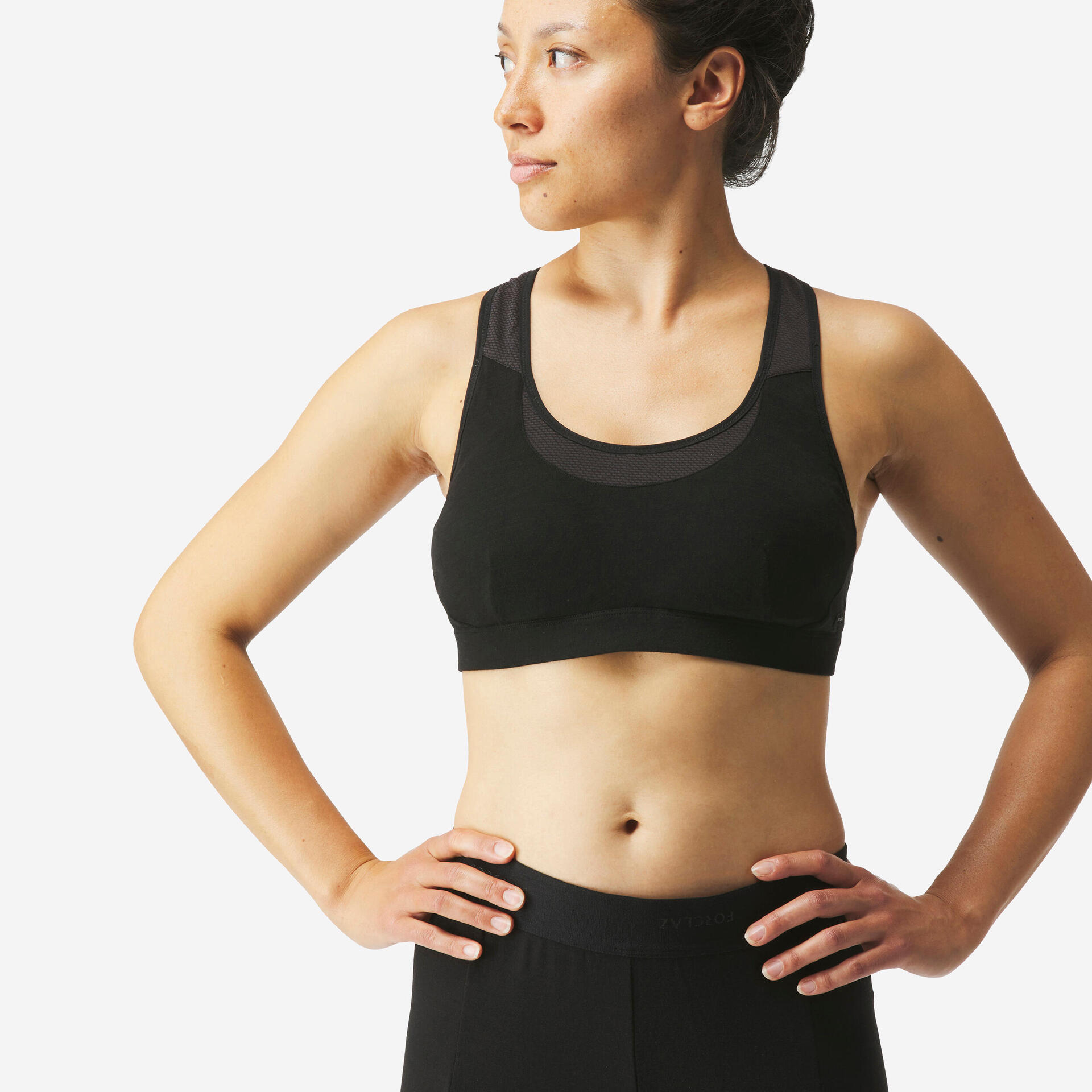
Merino wool underwear

Merino wool tights and leggings
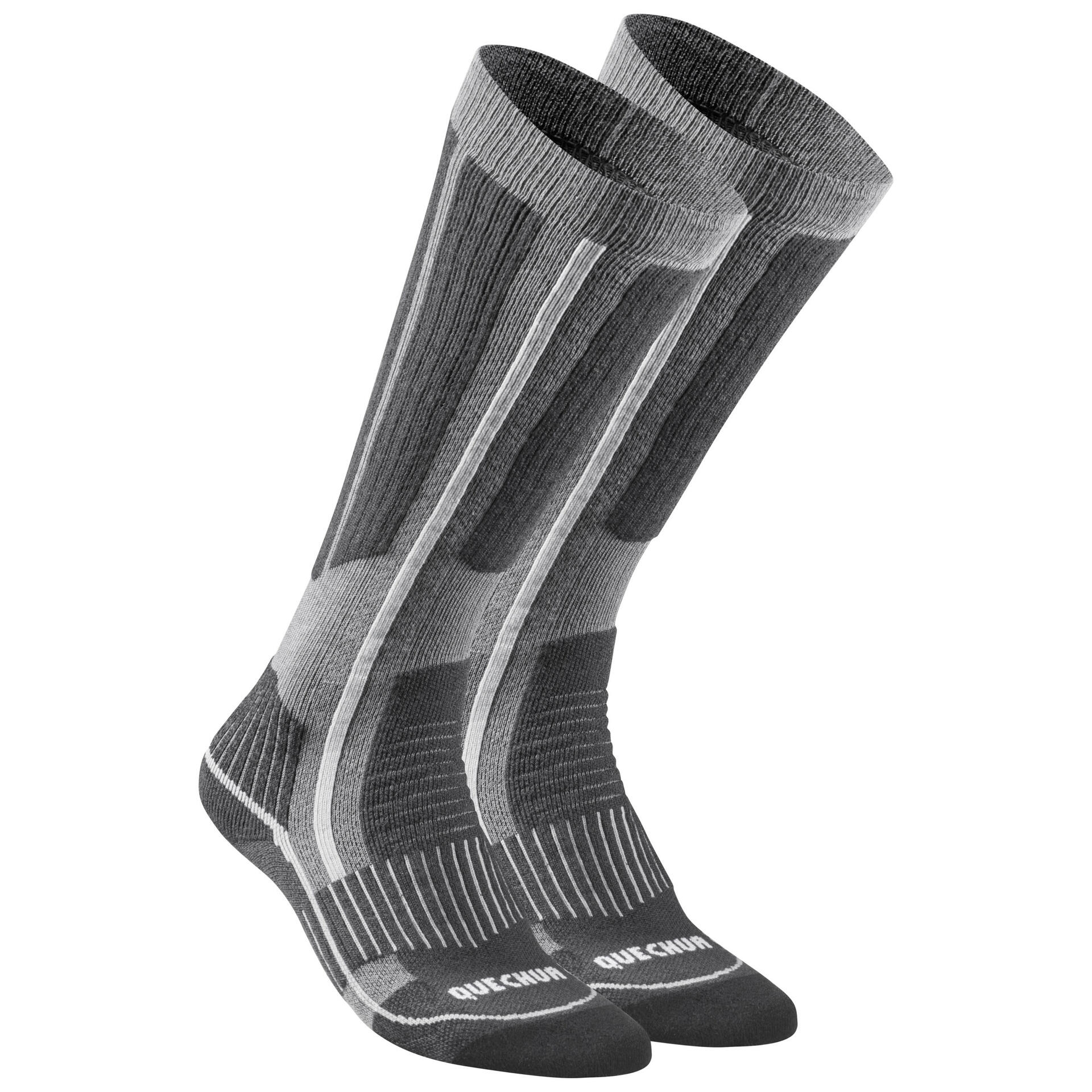
Merino wool socks
Not sure about choosing wool in case it shrinks in the wash, it pills or attracts mites?
Forget these prejudices! With just a little care, your woollen items will stay as good as new and you’ll be able to play sport in them for a long time to come.
To finally convince you, read our article about caring for Merino wool: washing, drying, storage and repair.
Compared to other types of wool, it is less prone to pilling. However, this doesn’t mean that it doesn't pill at all.
Whether or not woollen garments pill depends on several factors, such as the quality of the wool, the way it has been spun and woven, and the way the garment is used and looked after. Although merino wool is resistant to pilling, it can still happen if it is rubbed repeatedly or exposed to rough surfaces.
the Merino sheep is a breed of Spanish sheep, whose ancestors have been selected from generation to generation, for the thinnest wool possible. These sheep are bred for the fine nature of their wool, which makes it softer than traditional wool. After shearing, the wool is cleaned to remove impurities, carded, spun and then knitted or woven.
It’s no wonder our grandmothers recommend wearing "a woolly jumper " when it's cold!
The insulating property of the wool attaches to the fibre’s structure, particularly suited for manufacturing warm textiles.
Wool fibre is naturally curly and thin making it very hairy. Its surface is covered with scales and has irregularities.
It's this composition that makes wool a material that "inflates" and therefore traps insulating warm air easily.
Moreover, wool is a material that "is warm to the touch". For example, in a room at a constant temperature, you will notice that wool is warmer to touch than glass which has a much smoother surface.
Wool also has other thermal advantages when it is moist (rain, perspiration, etc.): absorption is exothermic which means that by absorbing water , it generates a small amount of heat!
All the same, be careful if you are wet in winter , as this heat release is temporary so remember to add an insulating layer or windbreaker over your wool garment to trap the heat.
As knitting enthusiasts well know: the weight stated on your wool product represents the total material weight of a fabric square metre.
This gives an indication of the way in which it has been woven and therefore of its thermal performance: the heavier the fabric, the warmer it will be!
The weight also helps trekkers to make the best choice if they want to reduce the weight of their backpack as much as possible.
There are two types of weight:
- Fine, from 100 to 190 g/m2: lightweight garment that provides moderate warmth, recommended for a warm and humid environment
- Thick, from 200 to 300 g/m2: more hard-wearing garment that provides greater warmth, recommended for a cold and dry environment
Depending on the season or time of day, you can also go for a short-sleeved or long-sleeved Merino wool t-shirt and vary how you layer them.
If wool traps heat naturally, isn’t there the chance of getting too hot by wearing it in sunny weather?
The answer is no! This is down to two great properties of wool: the way it absorbs moisture and the way it interacts with external conditions.
Firstly, let’s talk about its absorption capacity as wool is the champion of this!
Wool is an extremely hydrophilic fibre which means that it absorbs water easily and quickly. It is estimated that it can absorb between 20% and 35% of its own weight before feeling an uncomfortable damp effect. Perfect for those who want to stay warm and dry.
It still releases a little heat when damp, however the reverse effect takes place when it comes into contact with warm and dry air!
This is explained by an easily observable physical process: evaporation. In effect, the transition from liquid to gaseous state requires a certain amount of heat which escapes from the fabric into the air.
This process is well known by people that live in the desert, who use it to cool the water in their fabric flasks, and it's also how some of our modern air conditioners work.
In summary: wool that is soaked in water or sweat loses heat if you wear it in the open air on a dry, sunny day, thanks to the evaporation process.
And to make it even simpler: wool can both insulate you in winter and keep you cool in summer!
A small precaution all the same: even though wool is the best at absorption, its drying ability is still slower than other materials such as polyester for example.
Avoid soaking your woollen socks to cool down your feet! Also be aware that some brands offer garments made from wool polyester blend for a quicker drying time.
Do you have a bad memory of an "itchy wool" sweater? Give Merino wool a try!
First and foremost, you must understand why standard wool itches: it's a question of how fine the strands are and how hairy the wool is.
Remember that wool has an uneven surface that traps insulating warm air. The fibres can then cling onto the skin and create an uncomfortable tingling sensation.
Moreover, if the wool strand is thick, it loses flexibility and it touches the skin more during our different movements, increasing the gripping points and itchy feeling. But Merino wool is really fine, which gives it great flexibility. This means it comes into contact with the skin less often, which makes it feel softer.
However, it should be noted that for extreme softness, it's better to go for a fabric made from very smooth fibres that don't grip to the skin.

Many structural reasons can explain a fibre’s strength.
One of these is the length of the fibre: the longer the fibre, the less "fibre ends" there are in the fabric weave and therefore there is less risk of breakage at the seams joining two fibre strands.
Another reason is the elasticity of the fibre: if it is stretchy then it better withstands the various pressures placed on the weave.
You guessed it, wool fulfils these criteria hands down! Its fibre is naturally long (more than cotton for example) and it has a "curly" or "crimped" composition which gives it great stretch, as it can stretch out up to around 30% of its length without breaking.
In addition, the twisting and interweaving of fibres during the yarn creation phase also contributes to the strength of woollen garments.
Nevertheless, be aware that wool isn’t the most durable material. Some synthetic materials are more durable although they don’t have the same benefits as wool (warmth, odour control, stretch, etc.).
That’s why it’s not unknown to find wool garments reinforced with polyamide yarn that covers the wool for extra durability.
You can wear Merino wool as a first or second layer: it all depends whether the garment you choose is more breathable or insulating.
Contrary to popular belief, bacteria are not entirely responsible for unpleasant odours from perspiration (well, not entirely...).
Firstly, know that perspiration produced by the human body's sweat glands is odourless. However, this perspiration is made up of molecules where bacteria that are naturally present on the human body will thrive. These bacteria (which mostly respond to the sweet name of staphylococcus hominis) will break down the sweat molecules with the help of an enzyme. It’s this enzyme and the residue left by the bacteria once the sweat molecules have decomposed that create the bad odours!